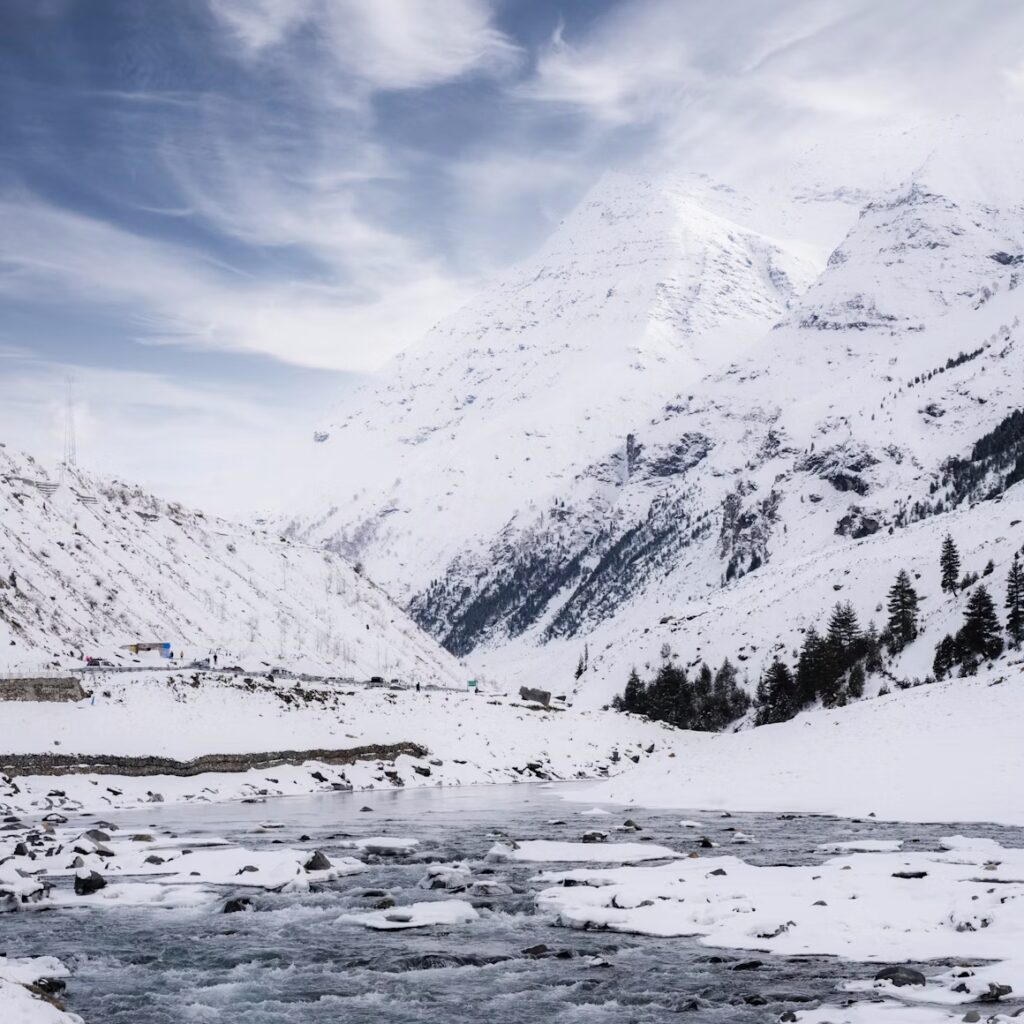The Missions Leading India’s Climate Future
India’s climate future hinges not on isolated missions, but on their collective, coordinated power.
When India launched the National Action Plan on Climate Change in 2008, it recognised something crucial: Climate change is not a single crisis but a web of interconnected ones. The eight National Missions: solar energy, energy efficiency, sustainable habitats, water, the Himalayan ecosystem, sustainable agriculture, the Green India Mission, and strategic knowledge were never meant to stand alone. We still chase them as separate agendas, like parallel roads that never meet. But in truth, they form a single chain, and the chain is only as strong as its weakest link.
Consider the National Solar Mission. Its benefits extend far beyond clean power. Solar irrigation reduces farmers’ dependence on diesel pumps, linking directly to the Mission on Sustainable Agriculture. Rooftop solar strengthens urban energy resilience, complementing the Mission on Sustainable Habitat. Without these overlaps, solar would remain just a power project; with them, it becomes a driver of water efficiency, urban resilience, and rural stability.

The National Mission on Enhanced Energy Efficiency tells the same story. It slashes waste across industries and households, but its ripple effects extend into land and forests. Lower energy demand reduces the pressure for new coal mines, indirectly serving the goals of the Green India Mission. Protecting and expanding forest cover, in turn, feeds back into efficiency by moderating local temperatures, reducing cooling demand, and storing carbon. The missions are not separate; they are feedback loops.
Water binds nearly everything. The National Water Mission is the silent backbone of agriculture, cities, and the energy sector. Without water efficiency, solar power cannot scale in dry regions, agriculture collapses under erratic rainfall, and sustainable habitats become pipe dreams. Protecting water also means protecting its source—the Himalayas. The Mission for Sustaining the Himalayan Ecosystem is not just about snow and glaciers. It is about securing the rivers that feed millions, stabilising agriculture, enabling hydropower, and conserving biodiversity. Ignore the Himalayas, and every other mission falters.
Ignore the Himalayas, and every other mission falters.
Meanwhile, the Green India Mission extends well beyond afforestation. Forests are natural allies of agriculture, water recharge, biodiversity, and even urban cooling. They are as much a climate technology as solar panels and LEDs, as their benefits extend to every other mission.
The National Mission on Strategic Knowledge for Climate Change sits at the heart of India’s climate response. Only with sound data, modelling, and research can the country avoid a fragmented approach and build a truly integrated, interconnected strategy.

The problem lies not in the design but in the execution. Each mission is typically tied to a separate ministry, with its own targets and silos. But climate systems do not respect bureaucratic boundaries. To succeed, India must invest in integration, including joint planning, pooled funding, and governance structures that enable the missions to communicate effectively with one another.
India’s climate response will not be measured by isolated targets such as added solar capacity or the number of trees planted – its success hinges on whether all eight missions move in step, reinforcing one another to build true resilience.
